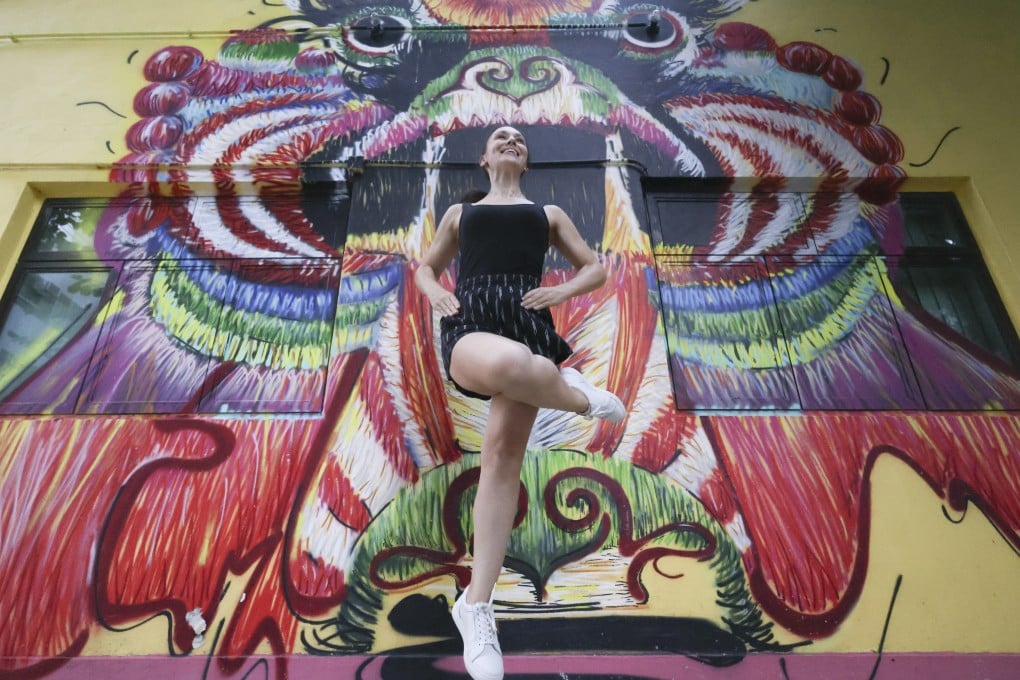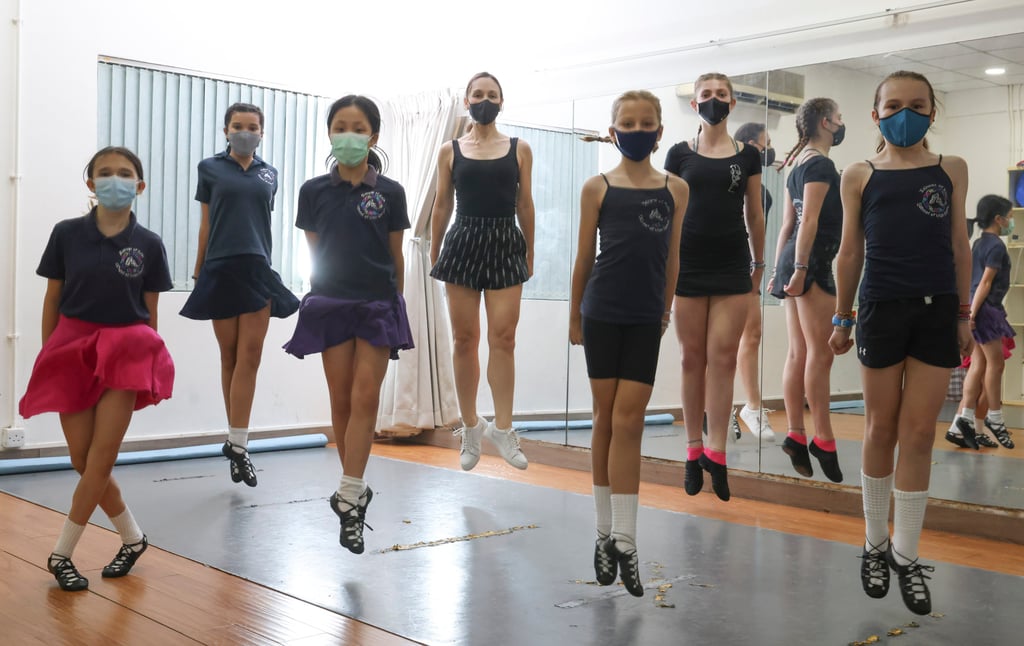How Irish dancing provides a great workout for body and brain and can strengthen family bonds
- A fast-paced cardio exercise, Irish dancing can improve flexibility, physical strength and stamina; one study says it improves older performers’ quality of life
- Holly, aged 10, whose mum teaches it in Hong Kong, says ‘I’ve enjoyed it my whole life’, and champion dancer Pippa – also 10 – says ‘I was born to dance’

It is 5.30pm on a Friday, a time when many in Hong Kong are winding down for the week. But at a community centre in Sai Kung, in the southeast New Territories, a group of young dancers energetically hop and kick their way around a studio.
The dancers are doing an Irish jig and, for some, the music and moves trigger memories of Riverdance. The hugely popular show started in 1995 in Ireland’s capital, Dublin. Since then, more than 25 million people have watched its performance on more than 450 stages worldwide.
Now based in Ireland, she has also opened schools in her home country as well as in Dubai and Singapore.

At the studio is Danielle Parker, one of the school’s instructors who in 2016 won the Irish dancing European Championships and the World Championships held in the English seaside city of Brighton.